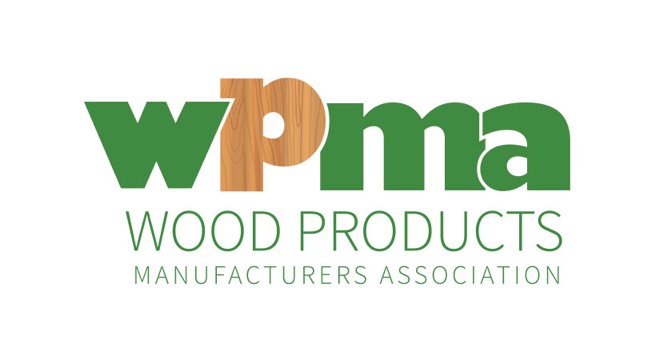Give Your Wooden Egg a Bold K.I.S.S.
by Alan Chesney, Wells Wood Turning Director Emeritus
What makes for great results when pad printing on a wooden egg? … The design of the artwork!
And what makes for great artwork? … Understanding the process for pad printing on one of nature’s deceptively complex objects!

As you begin thinking about your design, start by looking at the egg itself (any hen egg will do). Now, imagine laying a sheet of paper directly on the egg so it wraps around and lays perfectly against the egg. You’ll see that it can’t be done! Pad printing presents a similar situation because the printing process takes a flat image and wraps it around the complex shape of the egg.
In its basic form, pad printing is the process of transferring ink from an image etched in a flat metal plate (the cliché) to the egg, using a silicone pad that follows the curves of the egg when pressed onto it. To maximize printing success, consider these best practices in your artwork:
- Keep It Simple, Stu**d (KISS)!
- Think bold. Fine-line artwork makes it difficult to get consistent results.
- Try to avoid parallel lines, as these will often appear to bend when the image is transferred to the egg.
- Limit large, unbroken areas of the printed image. This is because they require larger amounts of ink to be transferred to the egg, which increases the risk of ink smearing or not drying fast enough during the printing process.


So how big can the image be? The rule of thumb is that it can be no larger than a circle that is 1.28 inches in diameter. In practice, because the egg is taller than it is wide, the image can be slighter taller, resulting in an oblong image. The Wells Wood Turning website shows many good examples of eggs printed for different customers – The White House, members of Congress, fundraisers, product launches and employee recognition. The best examples use artwork containing lines about as fine as you can go, as well as large, unbroken printed areas that are as big as you’ll want.
Wooden eggs make for great fun and conversation while providing unique mementos that will be saved for years to come. Just remember to give your eggs a bold K.I.S.S.!






